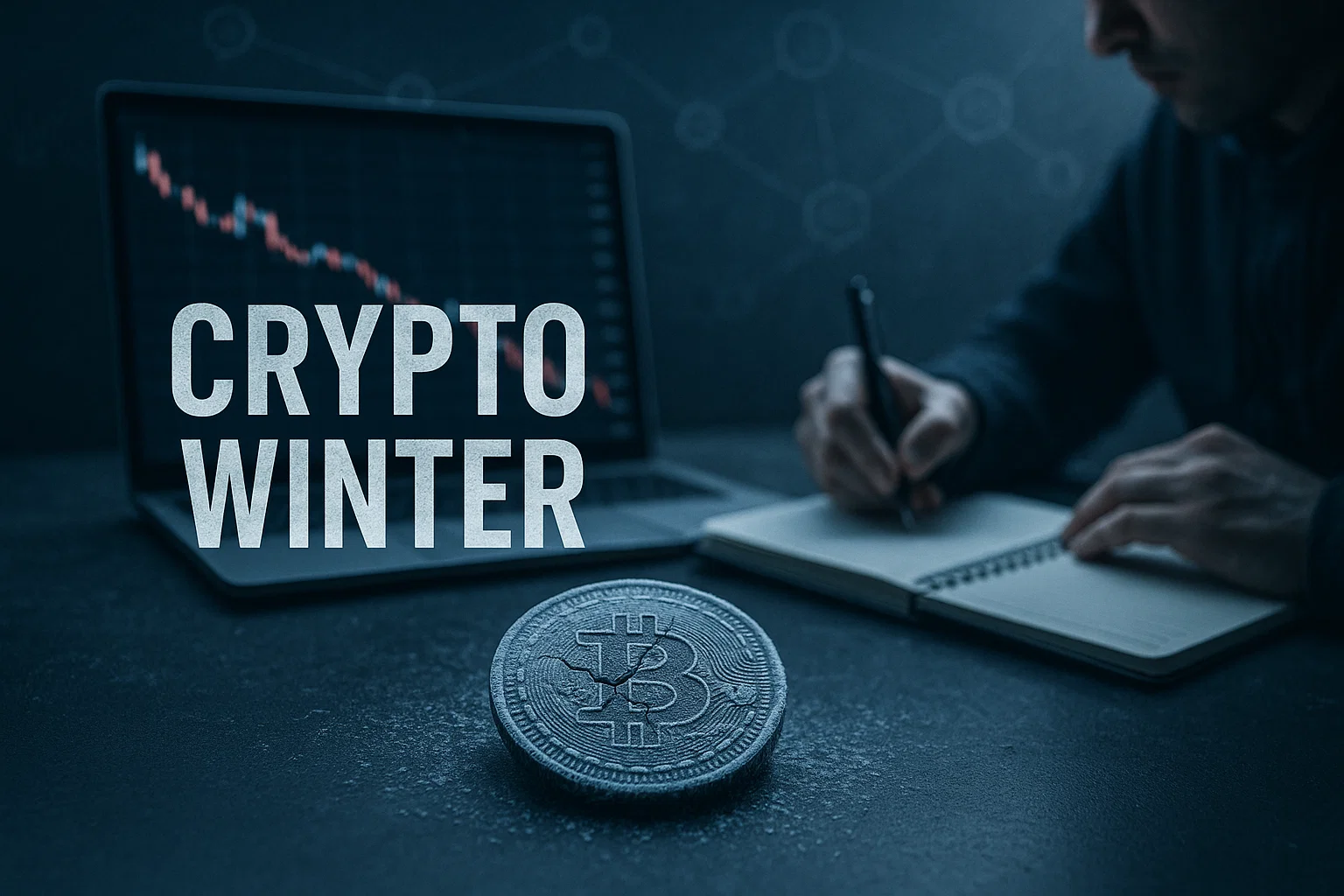A top cryptocurrency list highlights leading digital assets like Bitcoin and Ethereum, plus major stablecoins and promising altcoins; use this guide to compare market cap, use case, and risk, then run your own research before any investment.
Introduction
top cryptocurrency list is a useful starting point when you need a quick, practical view of market leaders and how to evaluate them, and this guide is informational with hands-on advice to help you research, compare, and take safer steps. I’ll explain how rankings work, what categories matter, and give a reproducible process to build your own shortlist. Related entities like market capitalization and stablecoins appear early so you can map concepts to real assets. In my experience, focusing on use case and liquidity beats chasing short-term price moves, and that approach makes it easier to choose a portfolio suited to your goals. Use the checklist and code sample below to fetch live data and keep the list current. CoinMarketCap
What a top cryptocurrency list means, and why it matters
A top cryptocurrency list ranks digital assets by measurable signals such as market capitalization, liquidity, developer activity, and real-world usage. Market cap is the common baseline, calculated as circulating supply times current price, but it is only one signal among many. Coin aggregators update rankings in real time, which makes them helpful references for traders and researchers. CoinMarketCap
Categories to understand
- Layer 1 blockchains, like the leading smart contract platforms.
- Platform tokens and utility tokens, which power applications and network fees.
- Stablecoins, pegged assets used for trading and settlements.
- Infrastructure and DeFi tokens, which enable finance on-chain.
Why a curated list helps you
A good top cryptocurrency list is not just a rank table, it helps you compare use case, liquidity, and risk, so you can make decisions that match your timeframe and risk tolerance. Aggregators like CoinMarketCap and CoinGecko provide raw rankings and historical data to back this comparison. CoinMarketCap
How to build and use your own top cryptocurrency list, step-by-step
This step-by-step workflow produces a shortlist you can revisit regularly.
- Define your objective
- Are you building a long-term portfolio, a trading watchlist, or a research list? Your goal decides filters, such as liquidity or staking yields.
- Pull baseline rankings
- Fetch the top coins by market cap from a reliable aggregator as a starting point. Use CoinMarketCap or CoinGecko APIs for live data. CoinMarketCap
- Apply filters
- Remove stablecoins if you want price appreciation, or keep them if you need on-chain liquidity. Filter by daily volume, market cap floor, and exchange listings.
- Assess fundamentals
- Evaluate use case, active development, tokenomics, and community. Look for clear whitepapers, developer activity, and active roadmap delivery.
- Check risk signals
- Watch concentration of supply, centralization of validators, known security incidents, and regulatory flags.
- Prototype an automated watchlist
- Build a small script to fetch and refresh rankings daily, and flag large changes for review.
Python example — fetch top coins from CoinGecko
# python
# Minimal script to fetch top coins from CoinGecko public API
import requests
def fetch_top_coins(vs_currency="usd", per_page=10):
url = "https://api.coingecko.com/api/v3/coins/markets"
params = {"vs_currency": vs_currency, "order": "market_cap_desc", "per_page": per_page, "page": 1}
try:
r = requests.get(url, params=params, timeout=10)
r.raise_for_status()
return r.json()
except Exception as e:
print("Failed to fetch data", e)
return []
if __name__ == "__main__":
coins = fetch_top_coins()
for i, c in enumerate(coins, 1):
print(i, c["id"], c["current_price"], "market cap:", c["market_cap"])
Explanation: This simple script pulls the current top coins by market cap from CoinGecko, giving you a reproducible baseline for your list. CoinGecko
What to include in a good top cryptocurrency list (criteria and examples)
A high-quality list ranks assets by multiple signals, not only price.
Key signals to score coins
- Market capitalization and liquidity, for tradability. CoinMarketCap
- Network activity and developer commits, for long term health.
- Use case clarity, e.g., payments, smart contracts, or oracle services.
- Security record and audits, number and severity of past incidents.
- Regulatory posture, whether token or issuer faces restrictions.
Common top names you will see
Aggregators frequently show Bitcoin and Ethereum at the top, followed by major exchange or platform tokens and large stablecoins; exact ordering shifts with price and supply changes. Use aggregators to confirm current ranks before acting. CoinMarketCap
Quick manual checks
- Confirm trading pairs across major exchanges.
- Check token distribution and lockups in the tokenomics doc.
- Review audits and governance mechanisms if available.
Best practices, tools, and resources
Adopt reproducible tools and workflows that scale with your research needs.
Best practices
- Keep sources transparent, cite where ranks came from.
- Refresh your list frequently, markets move quickly.
- Keep security and custody plans before buying.
Recommended tools, pros and cons, one-line tips
CoinMarketCap — Pros: broad market coverage, API access. Cons: slight listing biases. Tip: use their API to fetch historical and ranking data. CoinMarketCap
CoinGecko — Pros: free, developer-friendly API, clear metrics. Cons: data interpretation still needs human checks. Tip: prefer CoinGecko for prototype scripts and community metrics. CoinGecko
TradingView / Charting tools — Pros: excellent charts and indicators, social ideas. Cons: charts do not replace fundamental checks. Tip: add top coins to a single watchlist and annotate key events. TradingView
Further reputable reading
- Google Search Central for content best practices, helps your article reach readers. Google for Developers
- Moz Beginner’s Guide to SEO, for improving CTR and metadata. d2eeipcrcdle6.cloudfront.net
- SEMrush resources for keyword and on-page optimization. Semrush
Challenges, legal and ethical considerations, troubleshooting
Cryptocurrency research has material risks, and you must manage them.
Major challenges
- Volatility, prices can swing violently.
- Regulatory changes, jurisdictions may restrict tokens or exchanges.
- Data inaccuracies, listings and supply numbers sometimes change after audits.
Compliance and research checklist
- Verify AML/KYC requirements for trading and custody.
- Keep records of trades and research for tax reporting.
- Avoid financial advice statements, include clear disclaimers.
Alternatives if direct exposure is not appropriate
- Use regulated ETFs or funds where available, or access staking via custodial providers with insurance.
- Consider paper portfolios and simulated trading before investing real capital.
Aggregators emphasize market cap and volume as primary comparators, but they recommend combining those with network and development signals. (CoinMarketCap) CoinMarketCap
Clear documentation, frequent updates, and transparent sourcing increase trust in any ranking or list. (CoinGecko) CoinGecko
Conclusion and call to action
A thoughtful top cryptocurrency list is a research tool, not a recommendation, and it should combine market ranks, liquidity, and fundamental checks to help you decide. Start by defining your objective, pull live rankings from a trusted aggregator, filter by meaningful signals, and automate updates. Key takeaways: use multiple signals, automate refreshes, document your sources.
Welcome to Alamcer, a tech-focused platform created to share practical knowledge, free resources, and bot templates. Our goal is to make technology simple, accessible, and useful for everyone. We provide free knowledge articles and guides, ready-to-use bot templates for automation and productivity, and custom development services for bots and websites on request. Use Alamcer resources to build your own reproducible crypto research pipelines, or contact us for hands-on help.
External references and reading
- CoinMarketCap, real-time rankings and market cap data. CoinMarketCap
- CoinGecko, developer-friendly market and community metrics. CoinGecko
- TradingView market charts and watchlists. TradingView
- SEO best practices from Google Search Central. Google for Developers
Bold takeaways:
Rankings change quickly, refresh often., Combine market data with fundamentals., Automate fetching, but verify manually.
FAQs
top cryptocurrency list
A top cryptocurrency list is a ranked collection of digital assets, commonly ordered by market capitalization and adjusted by liquidity and exchange listings; use it as a starting point, not as a buy signal. CoinMarketCap
How do aggregators rank cryptocurrencies?
Aggregators rank by market cap, which equals circulating supply times price, and often add filters like 24-hour volume and exchange coverage for reliability. CoinMarketCap
Should I include stablecoins in a top list?
Include them if you need liquidity and on-chain settlement, but exclude if your goal is price appreciation, because stablecoins are designed to hold value stable. CoinMarketCap
How often should I refresh my list?
Refresh daily for active trading, weekly for medium-term research, and on any major market news to catch re-rankings or liquidity shifts. CoinMarketCap
Can I rely on market cap alone?
No, market cap is a useful baseline but misses token distribution, on-chain activity, and regulatory risks; combine signals for better decisions. CoinGecko
How do I track token fundamentals?
Check whitepapers, GitHub or developer activity, audit reports, and tokenomics docs; record your findings alongside price metrics. CoinGecko
Is automated scraping allowed?
Use official public APIs like CoinGecko or CoinMarketCap and respect rate limits and terms of service to avoid IP blocks or legal issues. CoinGecko
What are safe custody practices?
Use hardware wallets for long-term holdings, custodial services with insurance for convenience, and never share private keys; follow exchange withdrawal best practices.
How do I avoid scams in top lists?
Cross-check listings across multiple aggregators, inspect token distribution, search for audits, and be skeptical of low-liquidity tokens with big marketing but little code. CoinGecko
When should I consult a professional?
Consult a financial or tax professional before making significant investments, especially if you handle large sums or complex tax jurisdictions.
Compliance & disclaimer
This article is educational and not financial advice. Cryptocurrency markets are volatile and regulated differently across jurisdictions. Follow platform Terms of Service and privacy laws where relevant, and consult a qualified financial or legal professional for personalized guidance.



